|
The Emilio Wilson Estate
|
|
EMILIO WILSON - A True Son Of The Soil... | |
|
|
|
|
A Park For The People... Today, I eagerly attend the numerous activities held on this historic ground. Whenever I walk through the grass land my immagination strays back to the time of slavery. The park today serves as a playground for both the young and the old. I've enjoyed visiting the park at christmas time. However many other events such as sports, picnics, and even weddings are held at the Historical and Recreational Grounds. In 1789 there were 92 plantations on the island of which 35 were sugar plantations. The economic function was primarily to sugar for the world market. With the help of slaves, most of the plantation owners made a modest income. The plantations here were considerably smaller and produced less than most of those on the other Caribbean islands. Due to the labor intensity, combined with the small scale of the plantations and the introduction of the beet sugar in Western Europe, the production of sugar declined on the island after the abolition of slavery. (1848) After 1863 the plantations were mainly used for cattle rising and for the growing of crops. Some owners were forced to give out pieces of land, where others sold pieces of land to their former slaves as they couldn’t maintain them.
In January 1851 Mrs. Ellen Rowland, wife of Philogene Philip Maillard a medical doctor, bought part of the former Golden Rock Plantation. Mr Wilson Purchaces the Estate... This property soon known as the Doctor’s Yard changed hands several times during the years. In 1954 Mr. Emilio Johan Wilson, the grand son of a freed slave, a tailor and a former house keeper, bought the property from his former employers, when they left the island. In December 2001 Mr. Wilson signed a long lease agreement, granting the newly established Emilio Wilson Historical and Cultural Foundation the right to develop the property into an historical, cultural, educational and recreational Park. The Foundation’s main objective is to provide the population of St. Maarten and the tourist with a place of recreation and relaxation, where they can learn to appreciate our historical and cultural heritage.
Before his death Mr. Wilson expressed his willingness to sell the property. However, he was not interested in negotiations with any of the island governments of the Antilles. He was more inclined to release his property to the Kingdom Government (the Netherlands), whom he believed would do a better job of preservation.
The old Myth |
|
T H E
P E A R L
O F
T H E
C A R I B B E A N |
Return From Emilio Wilson To St.Maartens History.
Return From Emilio Wilson To Discover-St.Maarten Home Page.



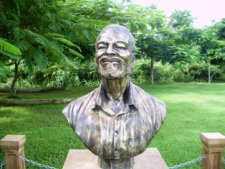
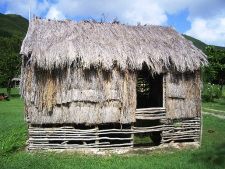
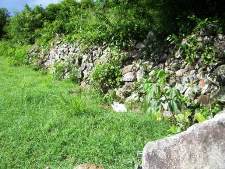




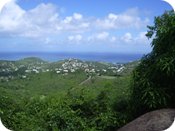
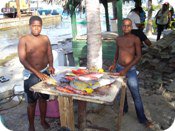

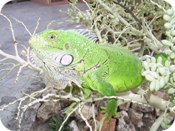

New! Comments
Have your say about St Maarten! Tell your FB friends about this page in the box below.